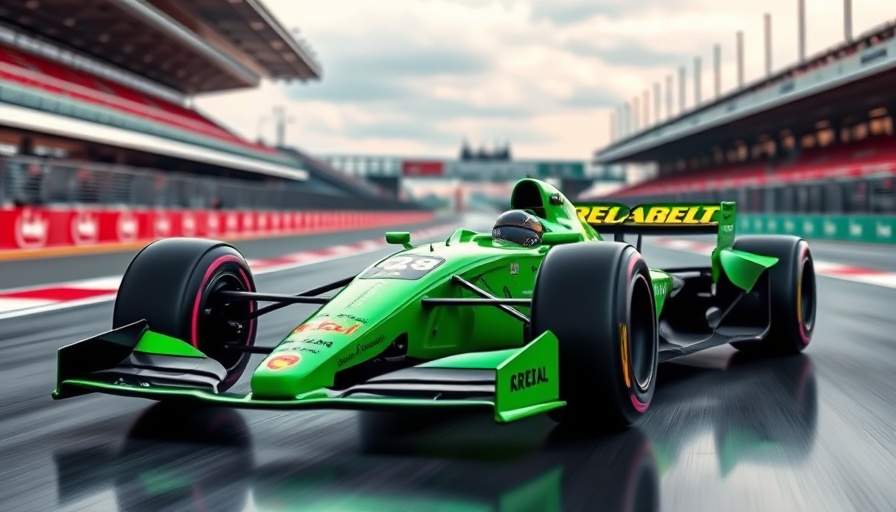
The Gap Between Design and Production
In the world of engineering, particularly automotive design, a significant challenge lies not just in creating intricate CAD models but also in translating them into feasible, manufacturable products. Gerry from Crest CNC highlights this phenomenon through his experience in developing engine blocks and cylinder heads. His insights point to the crux of the issue: understanding how design intricacies impact the manufacturing process.
Navigating the CAD Design Process
The CAD design stage is where innovation begins. Gerry's journey from toolmaker to CAD designer at Crest CNC emphasizes a crucial bridging of practical knowledge and theoretical design. His background at JCB has equipped him with foundational engineering skills necessary for successful design execution. However, to ensure designs are not just imaginative but also executable, collaboration is key.
Design for Manufacture: Turning Ideas into Reality
One term that frequently comes up in discussions about CAD designs is Design for Manufacture (DFM). DFM is a systematic approach that focuses on understanding machining limitations in order to create components that are easy and economical to produce. Gerry elaborates on various considerations like tooling aspect ratios and taper angles, essential for both cast and billet parts. These considerations help prevent costly redesigns and manufacturing delays.
A Collaborative Approach to Optimization
Crest CNC’s collaboration with Cylinder Head Specialists exemplifies how tapping external expertise can refine design quality. Through traditional flow bench testing and advanced 3D scanning techniques, they ensure practicality aligns with performance. By integrating these methodologies, they are able to distribute tasks effectively while still maintaining a focus on innovation and quality.
Key Takeaways for Engineers and Designers
For those passionate about engineering, the insights provided by Gerry can serve as crucial learning points. Understanding the importance of DFM, embracing a collaborative design process, and being aware of the limitations in manufacturing are key factors in successfully realizing sophisticated designs. High-performance parts and automotive innovations are achieved not through isolated effort but through shared expertise.
 Add Row
Add Row  Add
Add 

 Add Row
Add Row  Add Element
Add Element 




Write A Comment